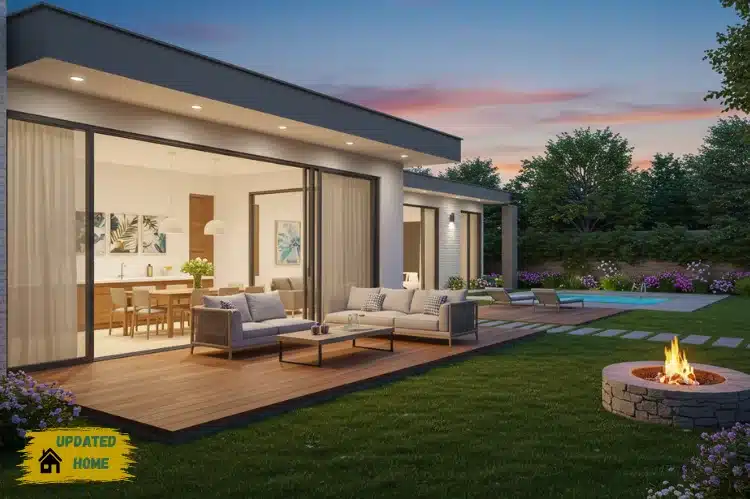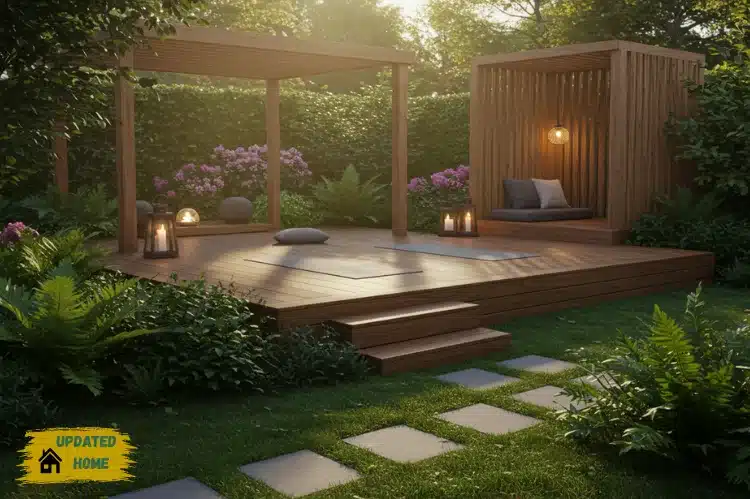These days as you look around any neighborhood, you will notice that something is definitely changing. These days, decks, patios, and backyards are no longer being built the way they used to. There is now a demand for materials that can survive weather, wear, and time that also doesn’t require constant maintenance. This is a dream come true for homeowners.
This is why composite decking has become so popular. Aside from looking sleek, people appreciate the fact that it lasts. Compared to wood, composite decking is very easy to maintain and looks good even if it has been around for a long time.
Aside from aesthetics and minimal maintenance, there is another layer that makes composite decking ideal. This is sustainability. Since composite decking is made from a mix of recycled wood fibers and plastics, it makes sure that instead of most recyclable trash ending in landfills, they now become part of your outdoor space. This makes homeowners feel good since it means they beautify their homes at the same time that they are helping the environment.
Over the next five years, this will become the standard, not the exception. This means that more and more people will be mindful about the materials they incorporate into their homes.
Table of Contents
Outdoor Living as an Extension of Home
In the past, backyards were just backyards. Most people think that they are all set with some grass, perhaps a grill, and a couple of chairs. But these days, trends are shifting. More and more families want to make their outdoor space more functional and beautiful at the same time.
This shift has come about because the way people live these days has definitely changed. With the rise of remote or hybrid work, more people spend more time at home. This is why making investments in making sure all areas of one’s home is comfortable and cozy has become the norm.
A lot of homeowners invest in making their outdoor space an extension of their indoor areas. This way, they can work outdoors or even just spend quality time with friends and family outdoors without leaving the comfort of their homes. This blurring of indoors and outdoors will only keep accelerating, and it’s one of the clearest markers of the future of home design.
Building for Weather and Resilience
There’s also a hard truth influencing outdoor trends: the climate. Summers are hotter, storms can be harsher, and unexpected shifts in weather are no longer rare. That means the way outdoor spaces are designed has to change too. Materials need to stand up to moisture, sunlight, and shifting temperatures. Shade has to be flexible, and water runoff has to be managed more carefully.
This is why you’ll see more homes with pergolas that can open or close depending on the light, more UV-resistant fabrics on furniture, and decks built from materials that won’t rot after a single rainy season. What used to be about style is now equally about survival.
Spaces Designed Around Well-Being
There’s another side to this evolution that feels deeply personal. Outdoor spaces are no longer only for entertaining or relaxing—they’re also for healing. People are carving out small sanctuaries: yoga decks that catch the morning light, meditation corners softened by plants, plunge pools tucked away for quiet recovery.
Wellness is becoming a driving force in how homes are imagined. Green walls, native landscaping, and layouts that encourage calm are part of this movement. It’s not just aesthetic—it’s lifestyle. And as the years go by, the connection between outdoor design and personal well-being will grow stronger.
Looking Ahead
Outdoor living is no longer a bonus feature. It’s becoming a necessity. The trends shaping the next five years—sustainability, climate resilience, wellness, and technology—are converging to redefine what it means to enjoy your home. And with materials like composite decking leading the way, the foundation is being set for spaces that are more durable, more thoughtful, and more aligned with how people actually live.
The backyard is no longer just behind the house. It’s part of the house. And the future is about treating it that way.





